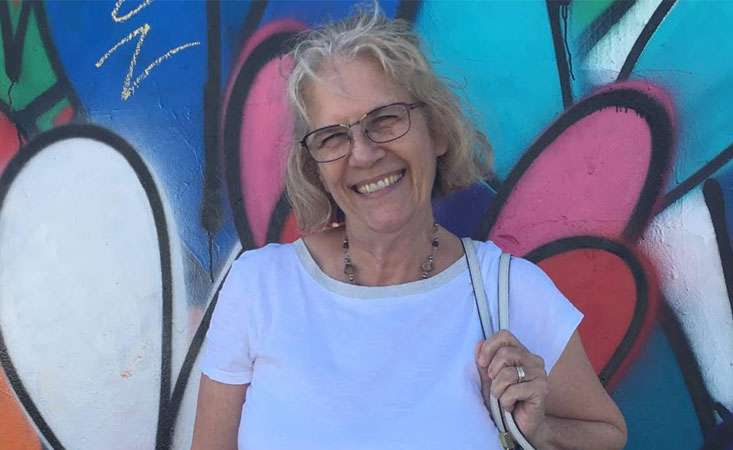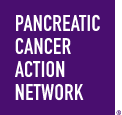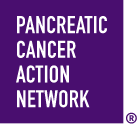
Laura Metzger
At the end of 2011, I experienced an acute episode of diarrhea and vomiting for hours. I had returned home from New York City, consuming pasta with bacon bits and drinking a few glasses of red wine. By morning, I seemed better and went about my day caring for family, failing to visit a hospital or my doctor in the days that followed, assuming food poisoning.
I had a history of acid reflux, antacid use and fatty liver. I developed more symptoms: burping every 45 seconds when I lay down, chronic constipation, high cholesterol, hypothyroidism, bloating, hair loss, wheezing, fatigue, excessive thirst, back pain with a gait disturbance, falls, itching and a rectocele (herniation, or bulge, in the rectal area). Tests showed elevated levels of BUN (blood urea nitrogen) and CA-125, and four abdominal ultrasounds where my pancreas was obscured. I had one abdominal CT without contrast and one MRI. I had other tests, including a blood test for Rocky Mountain Spotted Fever, a rare disease affecting about 600 people a year. I mention that as pancreatic cancer is not that rare, affecting about 60,000 Americans a year.
My general practitioner in Virginia thought the CA-125 result was a sign of ovarian cancer. Scans of that area did not correlate, although one gynecologist urged me to have a prophylactic oophorectomy and hysterectomy. One gastroenterologist at a prestigious university hospital near Baltimore suggested I get another opinion for that surgery. He also told me to keep eating popcorn and taking my baby colic ease that helped me to sleep at night while burping.
I visited eight gastroenterologists, three general practitioners and two gynecologists plus other specialists. Not one articulated the word “pancreas.”
For two years, I was busy traveling to California to help my son. In March of 2020, I had vague stomach pains, fatigue and bright yellow urine, and I realized I should see another doctor.
I was misdiagnosed two more times before discovery. The first visit was at a walk-in clinic where I was prescribed the antibiotic Cipro. The next day, I visited an urgent care clinic where they told me I had “big bilirubin” and then took bloodwork. The third day, my husband and I reviewed the electronic record, and my liver enzymes were extremely elevated along with a note from the doctor: “Come back in for a scan, nothing serious.” We drove to the ER instead.
I presented with jaundice in the emergency room, where I had the “aha” moment. My “mystery” illness had a name – adenocarcinoma of the pancreas in the head of the pancreas, with a blocked bile duct requiring emergency surgery.
Positioned in a perfect place in Los Angeles at the time, my healthcare was addressed by skilled doctors. My blocked bile duct was stented, as I awaited surgery to remove the tumor. My Whipple was done by a surgeon who had done approximately 1,200 Whipple surgeries.
I am currently under the care of an oncologist, showing good response to chemo.
My symptoms were cured by my treatments. I will continue to fight with every cell in my body to stay alive and spread the word that pancreatic cancer is not always “the silent killer.” Learning symptoms can help. I am blessed to have found centers of excellence, where they fixed my broken pieces and made me whole again.
Any treatments, including clinical trials, mentioned in this story may not be appropriate or available for all patients. Doctors take many things into account when prescribing treatments including the stage and type of cancer and the overall health of the patient.





